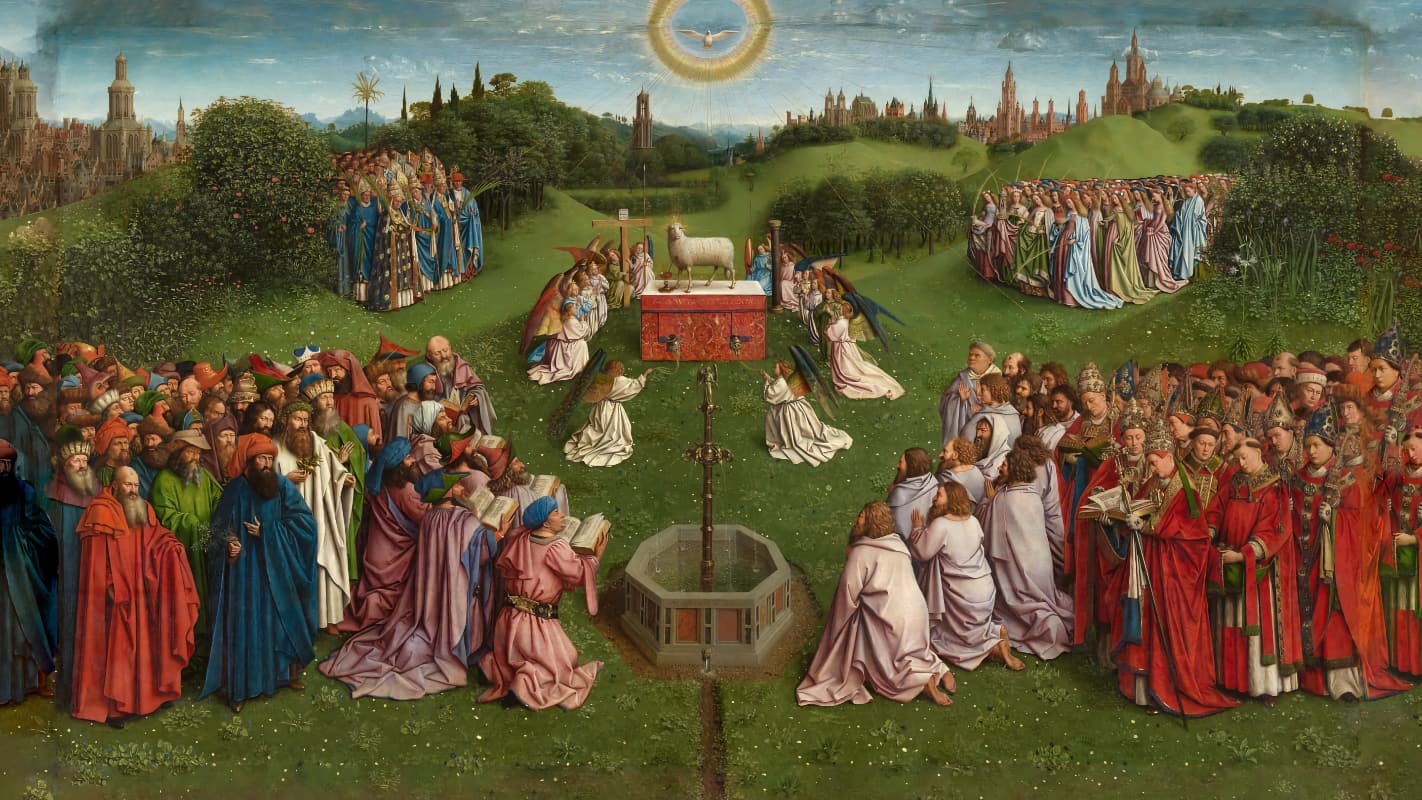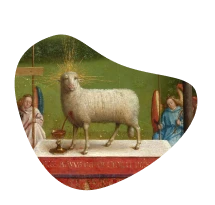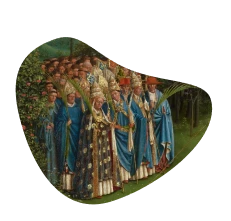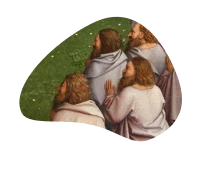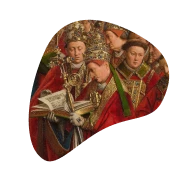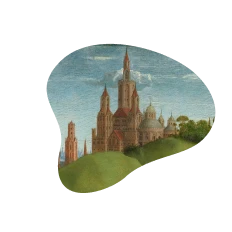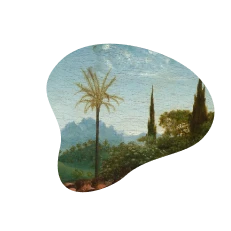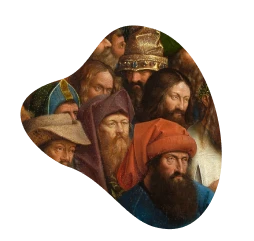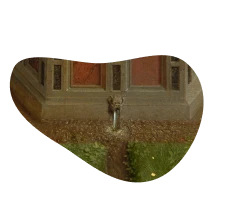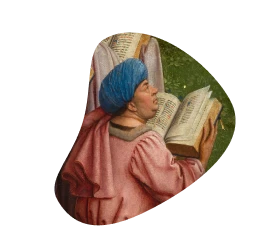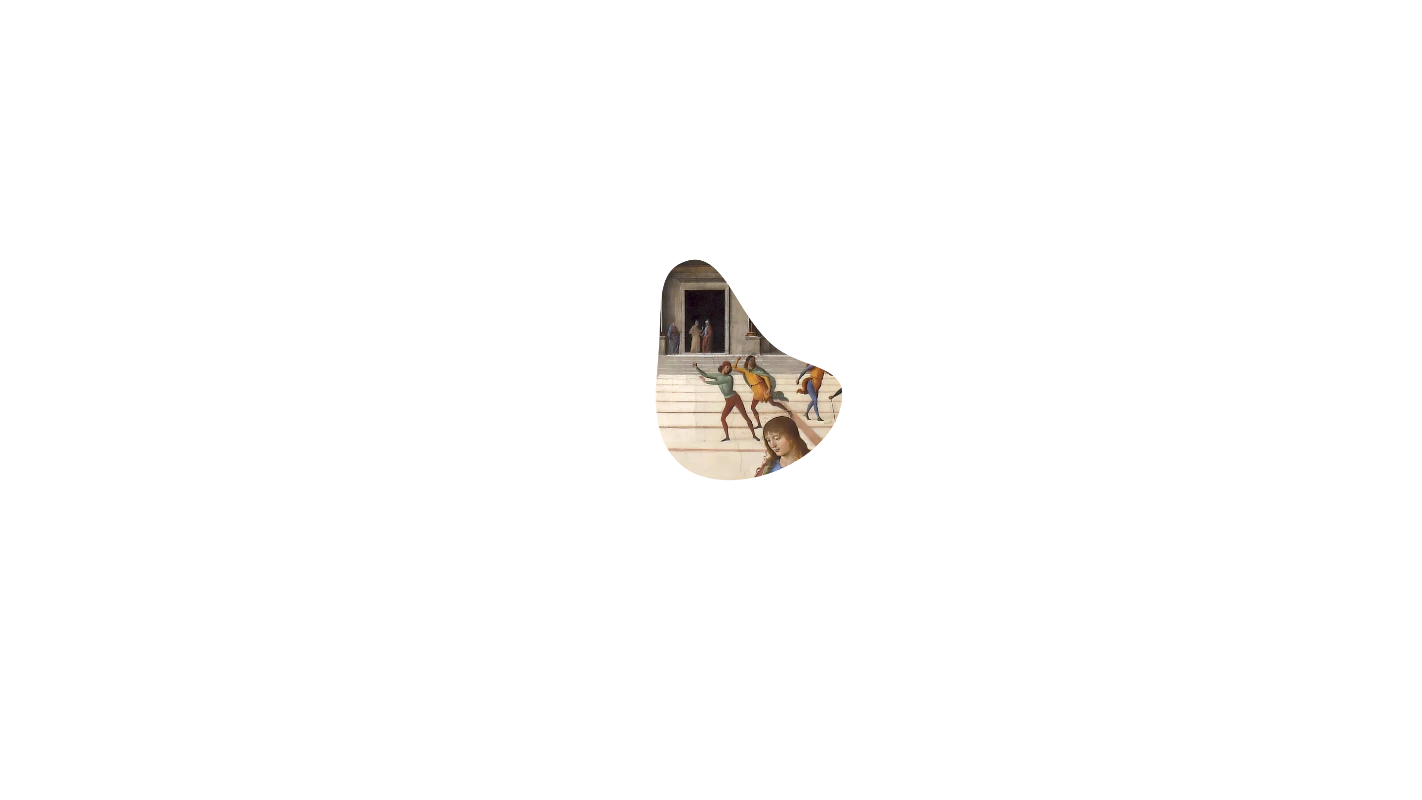The model for Missa Faysant regretz was the three-voice rondeau Tout a par moy by either Walter Frye or Gilles Binchois, from which Josquin took three elements: a four-note motif F-D-E-D; and two others which are only used in the third Agnus. Before we get there, however, we are treated in the preceding movements to some of the most densely argued polyphony in the repertoire, a kind of Renaissance pre-echo of Bartók’s third string quartet, where no note is wasted.
Gone is any sense of audible structure: here one is thrown into a deeply intellectualized world of protean, swirling references and repetitions
Josquin’s four-note motto is heard over 200 times and appears in all the voices almost all the time, at different pitches and in different rhythmic shapes. Gone is any sense of audible structure: here one is thrown into a deeply intellectualized world of protean, swirling references and repetitions, the pinnacle of just one side of Josquin’s art.

Two moments deserve special mention. The third Agnus not only makes use of the F-D-E-D motif (sung 25 times in this movement alone) but also of a new four-note motif D-D-E-D, taken from the tenor of the rondeau and sung here by the altos, constantly transposed, 24 times. To cap it all the sopranos, for the first time, sing the complete superius melody from the rondeau—which is what makes this movement relatively lengthy—, the motivic work going on relentlessly underneath it. The subtleties involved in working with two motifs which are so similar and brief that most composers wouldn’t think to bother with them as separate items, all worked out under a given melody, takes some understanding.

But if working so intensively with so few notes seems obsessive, one should hear the “Amen” of the Credo. This is probably my favorite passage in all these eighteen masses. Josquin became more inclined to return again and again to the same note in his melodies as he got older, and here that worrying of a single pitch produces a phrase it is hard to forget. The note in question is D; and although the other parts refer to it, it is the sopranos who cannot leave it alone. An astonishing conception, and a thrill to perform.
© Peter Phillips / Gimell Records
